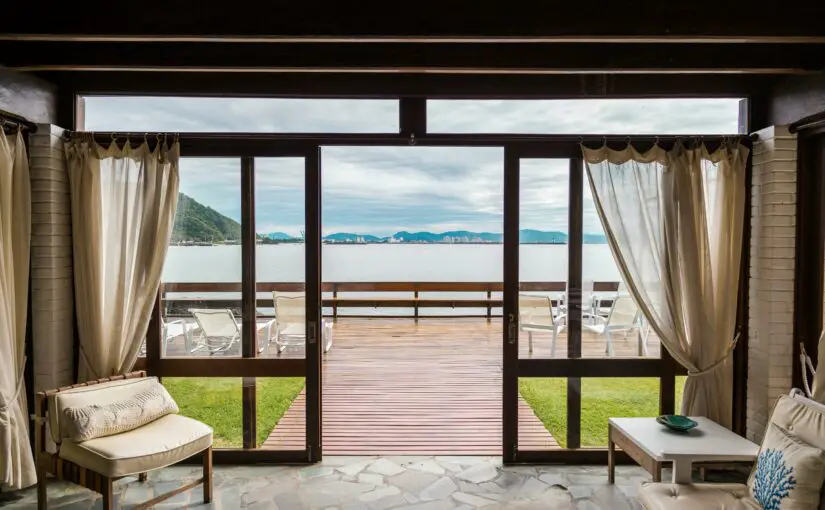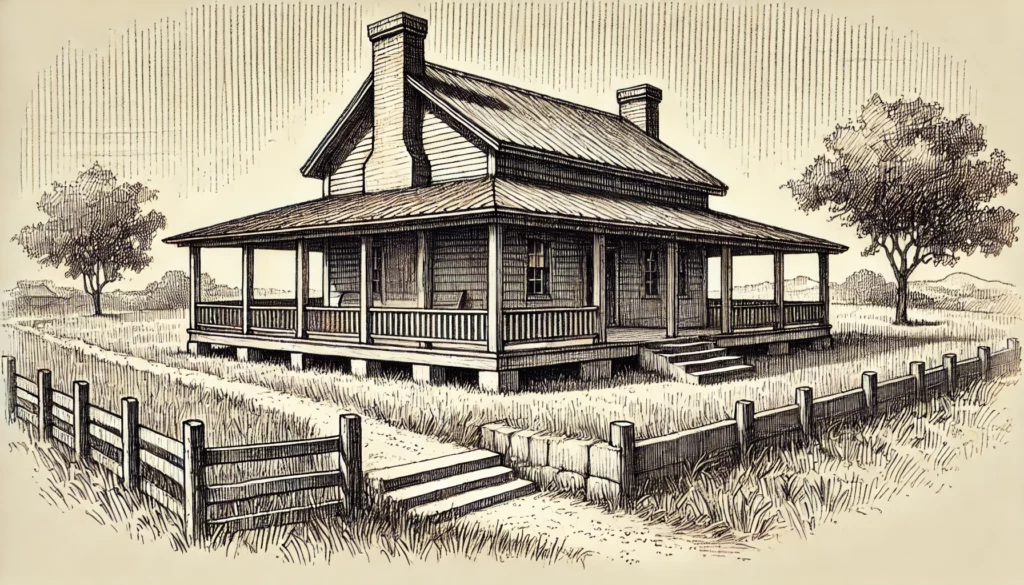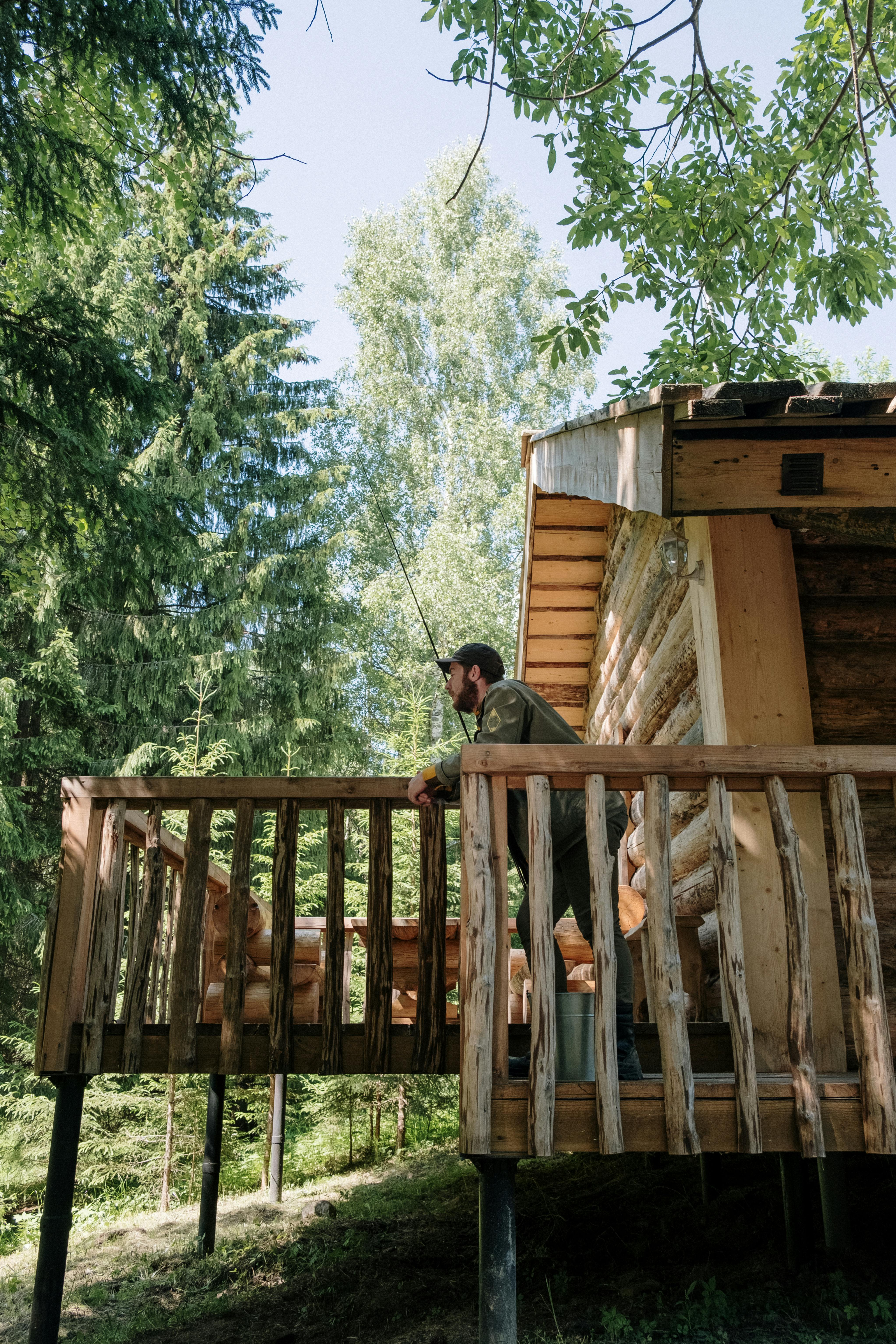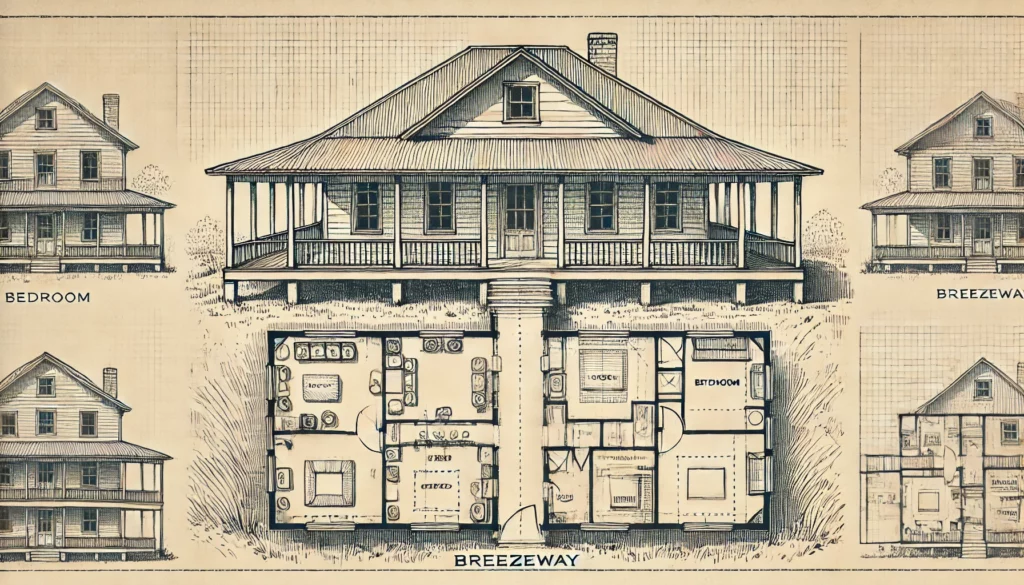Real estate conflicts can be incredibly challenging and stressful, often involving intricate legal nuances and significant emotional investment. Disagreements over property ownership or usage can arise for various reasons, including boundary issues, landlord-tenant conflicts, or disputes with neighbours. These conflicts can escalate quickly, leading to costly legal battles if not managed effectively. Understanding the complexities of property conflicts is essential to protect your interests and confidently navigate these situations.
Common Types of Property Conflicts
Property conflicts encompass a range of issues that can arise between parties with interests in the same property. Common types include boundary disputes, which occur when there is disagreement about the location of the legal boundary between two properties. Landlord-tenant disputes frequently involve conflicts over lease terms, property maintenance, or eviction processes. Moreover, disputes with neighbours over noise, encroachments, or other property-related issues can also arise.
Addressing these disputes promptly is crucial to prevent them from escalating into more significant problems. Engaging a professional from Property Disputes can provide valuable insights and help mediate a resolution before resorting to litigation. Ownership disputes require a nuanced understanding of property law and effective negotiation skills to reach a satisfactory outcome.
Steps to Resolve Ownership Disputes
Resolving land disputes requires a strategic approach that balances legal action and negotiation. Initially, parties should attempt to resolve the issue amicably through open communication and negotiation. Mediation or arbitration could be pursued as alternative dispute resolution methods if these efforts fail. These processes can offer quicker and less adversarial resolutions compared to court proceedings.
Should these methods prove unsuccessful, legal action may be necessary. Engaging a solicitor with expertise in property conflicts is essential to navigate the legal system effectively and safeguard one’s rights. Understanding the process and potential outcomes can significantly impact conflict resolution, minimising stress, and financial strain.
Navigating Legal Complexities
UK title disputes can be complex, especially for those unfamiliar with the laws. Understanding the legal framework around property ownership and rights is essential. Seeking advice from property law specialists helps clarify rights and responsibilities while guiding effective resolution strategies.
Key to managing disputes is the ability to recognise when professional legal assistance is necessary. Solicitors can offer guidance on the merits of a case, potential outcomes, and the best course of action to achieve a favourable resolution. Being informed and proactive in addressing legal complexities can prevent prolonged disputes and reduce associated costs.
Protecting Your Property Rights
Ensuring the protection of your property rights involves more than just addressing disputes as they arise. Preventative measures, such as maintaining accurate property records and understanding one’s rights and obligations, are crucial. Regular communication with neighbours and tenants can also help prevent misunderstandings and conflicts.
When disputes cannot be avoided, a thorough understanding of the legal framework and potential remedies is essential. This includes knowing when to seek legal advice and the steps required to enforce your property rights. Being equipped with the right knowledge and resources ensures you are prepared to defend your interests effectively.
Understanding the complexities of title disputes and how to approach them strategically, you can navigate these challenging situations more easily. Remember, professional advice is always available to assist in safeguarding your property rights and achieving a resolution that aligns with your interests.



